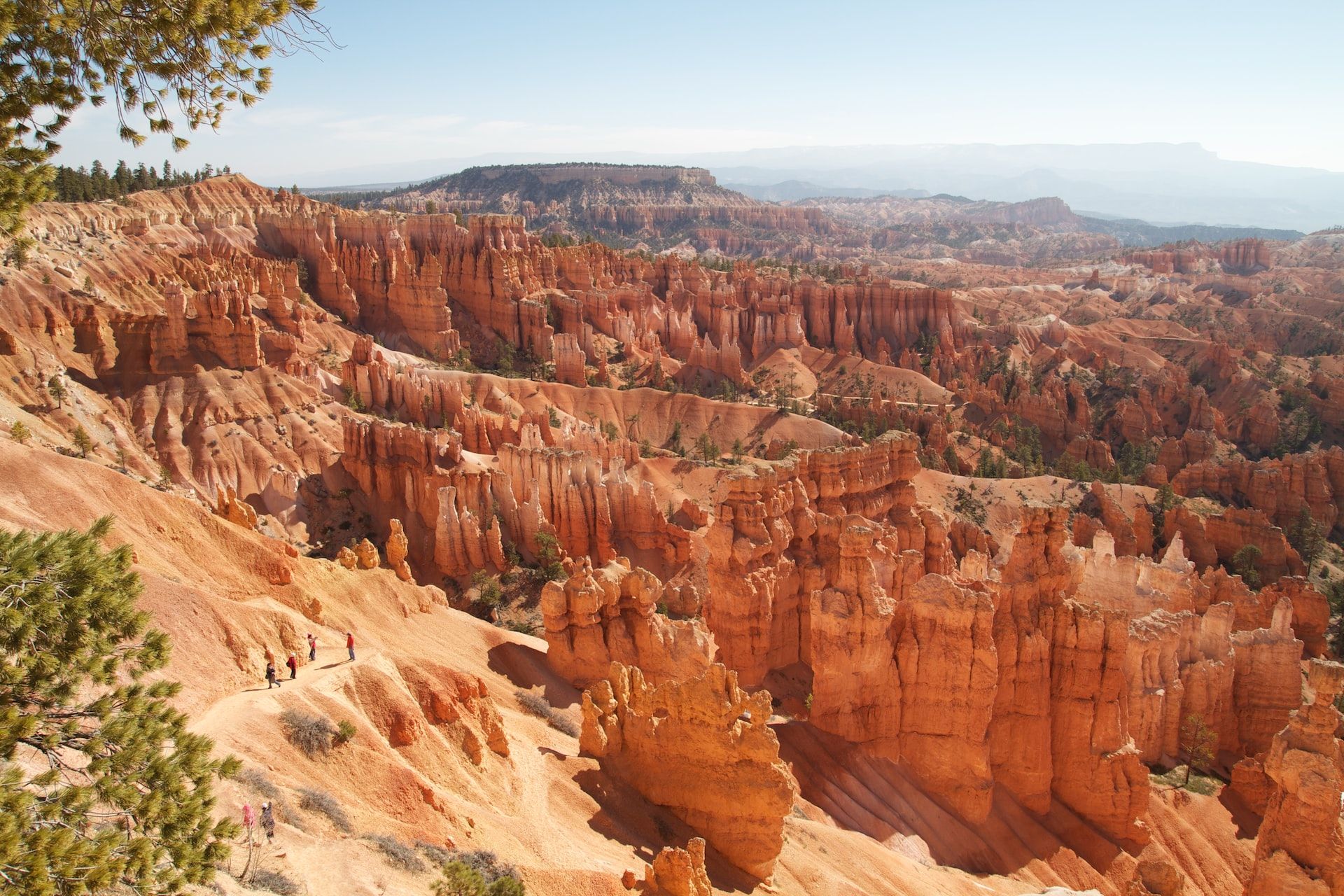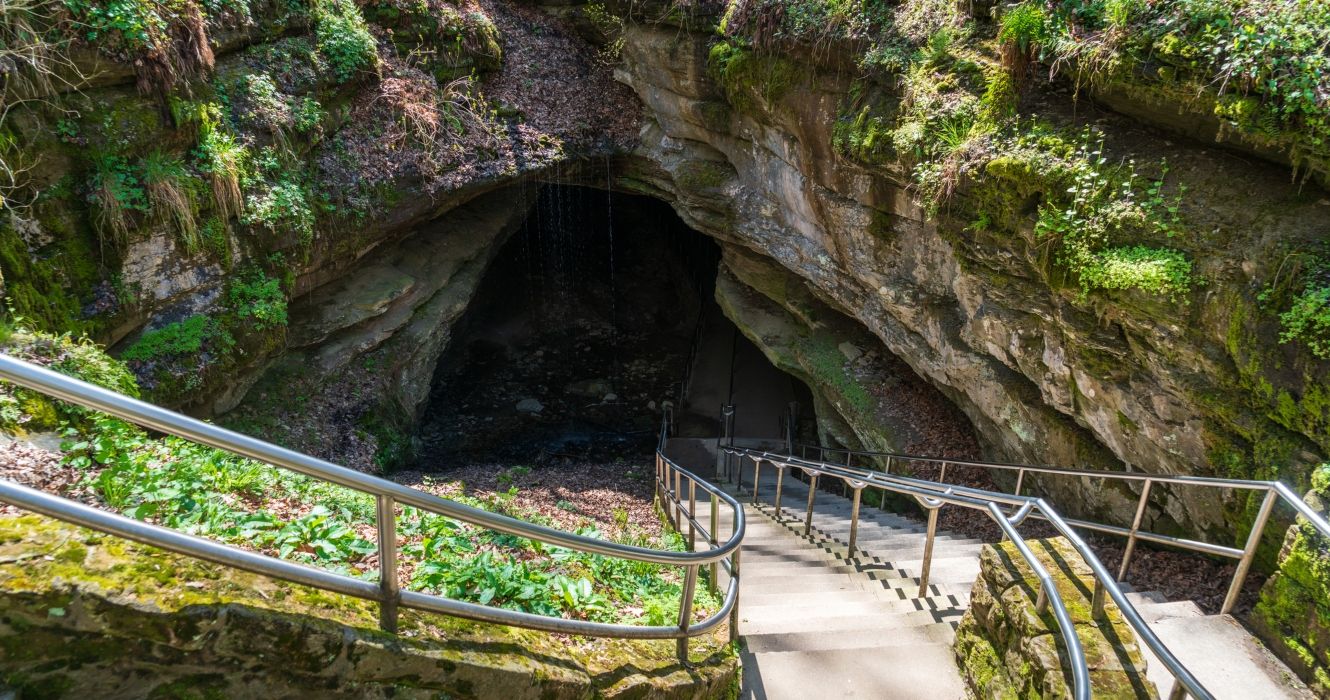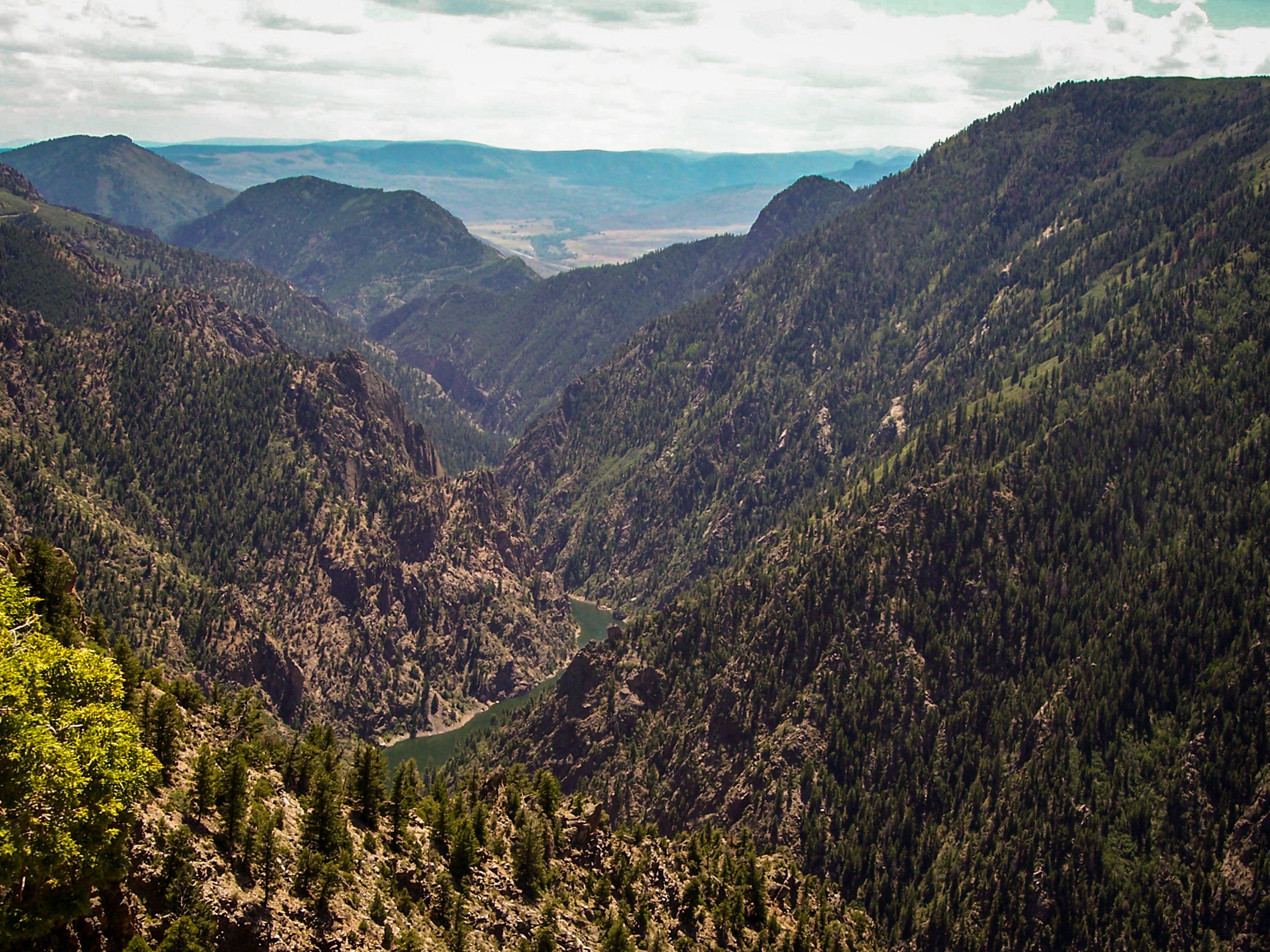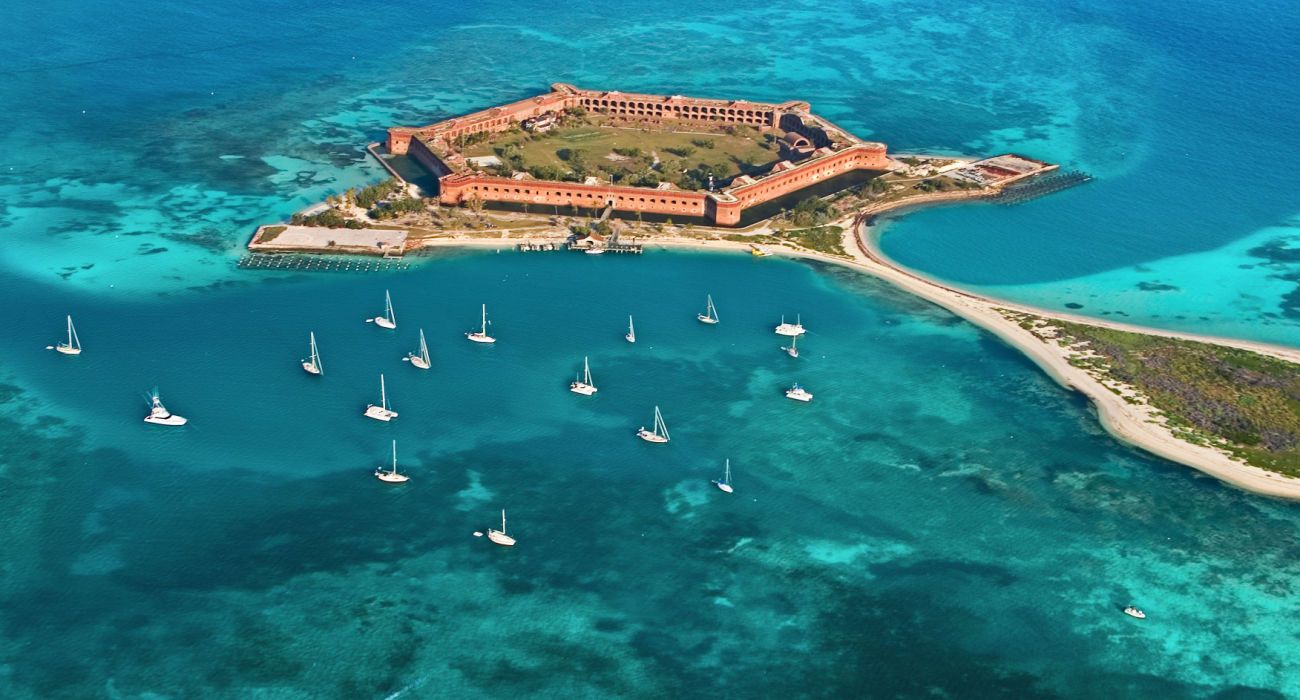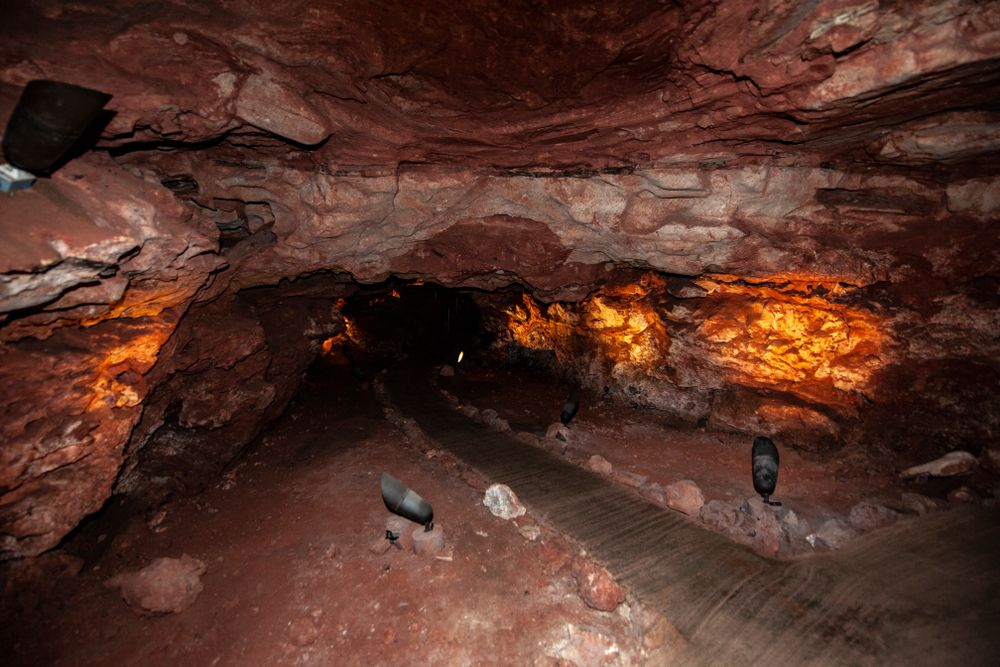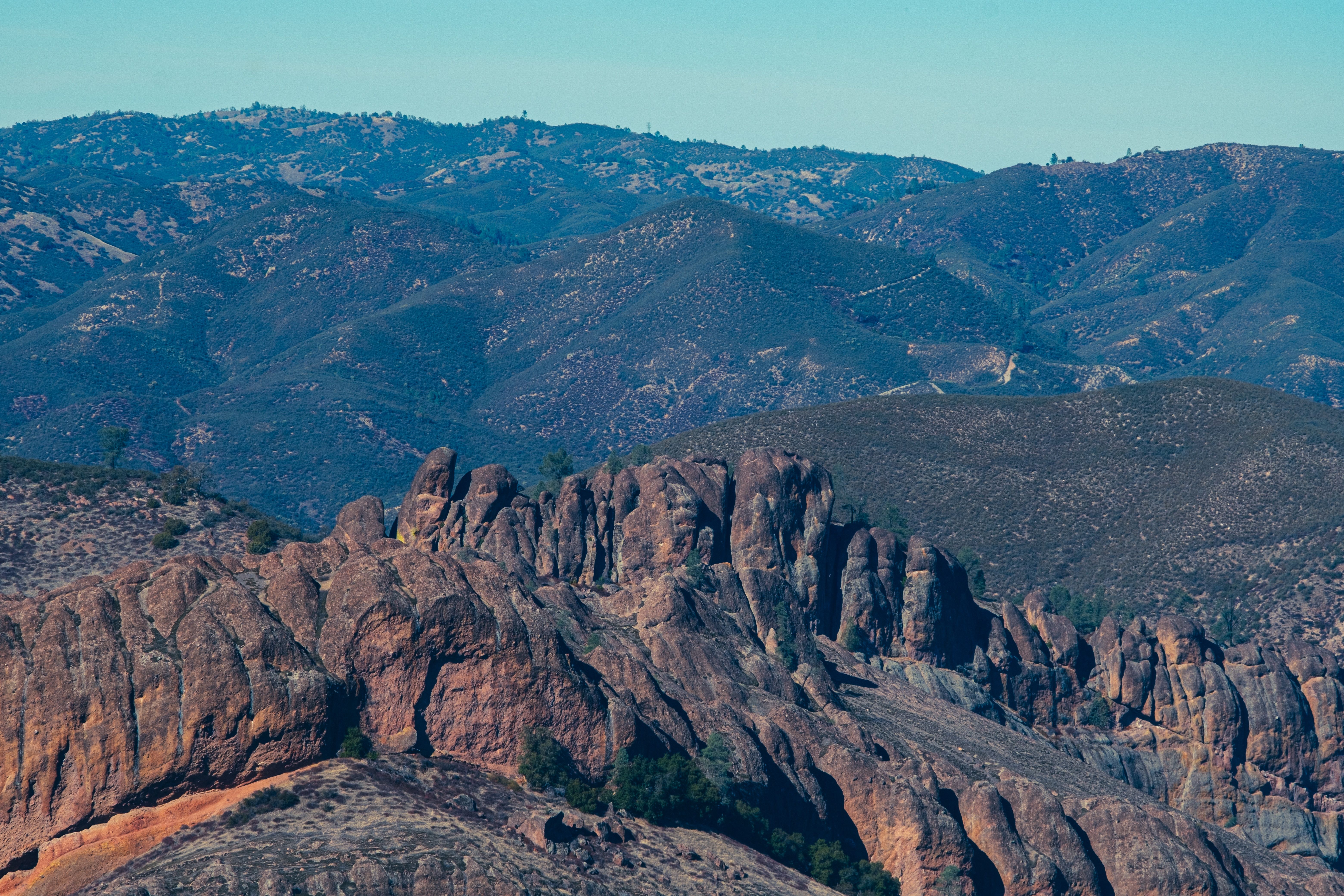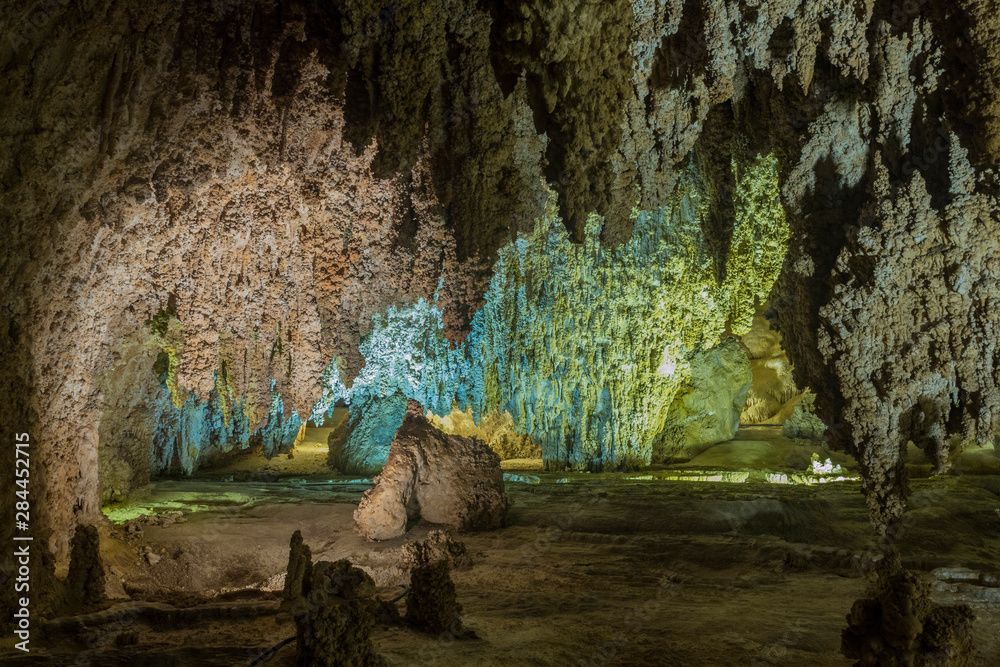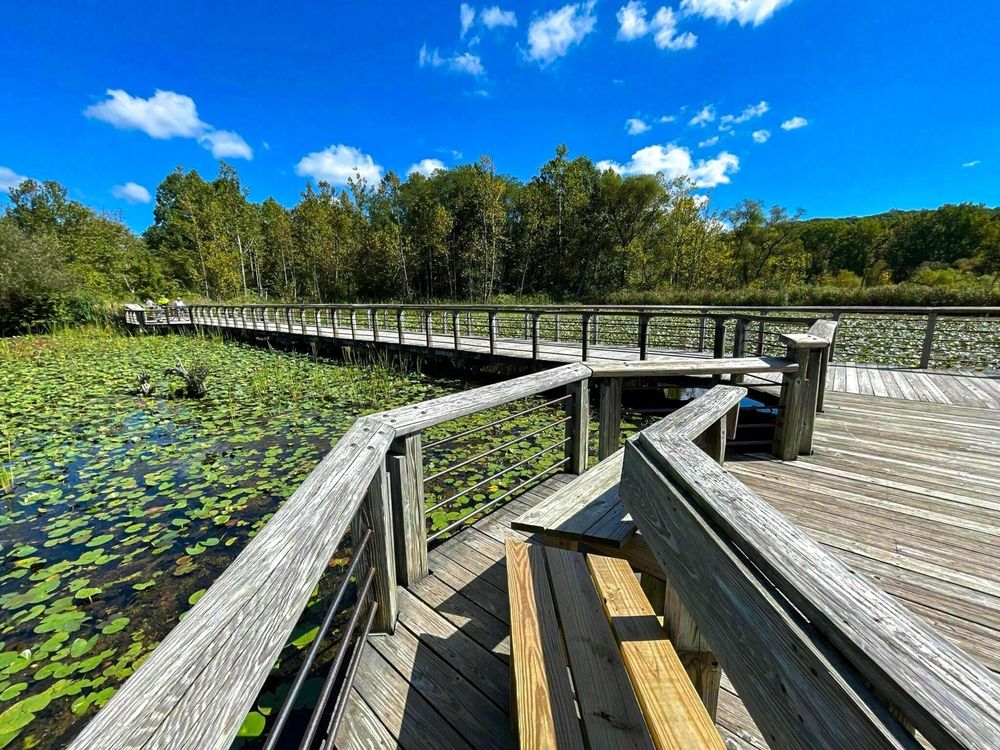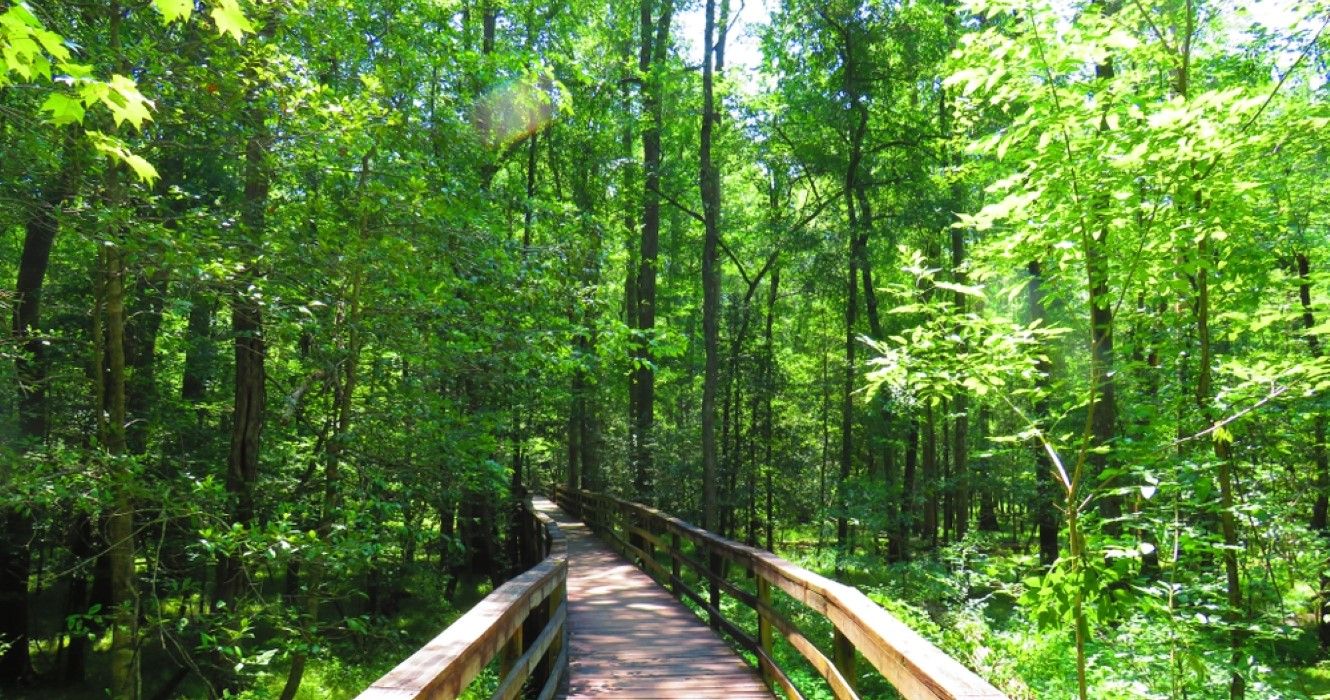National parks are a popular destination for travelers throughout the United States. Whether aiming for full-blown US national park road trips or simply planning a weekend out in nature, national parks remain one of the best ways to enjoy America’s natural beauty.
Each national park has its own unique environment, which in turn supports different types of wildlife. For those visiting national parks specifically to get an up-close view of these protected critters, Casago has conducted an in-depth study to determine which national parks have the greatest density of unique animal species.
Casago has carefully studied the number of known animals in each national park, with estimations used for birds, within a 100-square-kilometer (roughly 38.6 square miles) area. From there, researchers were able to determine which national parks have the highest number of wildlife in any given area, making it easy for wildlife viewers, birders, and photographers to find the perfect park to explore.
Casago conducted extensive research on America’s 64 national parks. Below are the ten best overall national parks for wildlife viewing, according to their findings. To read the entire study findings, including methodology and additional data regarding plant and bird population density, check out Casago’s blog.
10 Bryce Canyon National Park, Utah
Bryce Canyon National Park is one of Utah's five national parks and is best known for its alien rock formations and unusual coloration. Despite its somewhat inhospitable appearance, Bryce Canyon is a wildlife-viewing hotspot. 59 species of mammals, 175 species of birds, and 11 species of reptiles have been recorded in the park by the National Park Service, making it easy for even casual visitors to enjoy the native residents.
Large mammals like pronghorn and mule deer are easy to see from a distance, while guests will have to look closer to enjoy a glimpse of the Short-Horned Lizard, Tiger Salamander, or the Utah prairie dog.
- Animal species/100 km²: 215
- Wildlife to See in Bryce Canyon National Park: Pronghorn, Mule Deer, Short-Horned Lizard, Tiger Salamander, Utah Prairie Dog, Uinta Chipmunk, Rattlesnakes, Stellar’s Jay
Bryce Canyon is a desert destination. While the wildlife is well adapted to the high altitude and extreme climates, visitors should take care in preparations and always stay on established paths during their visit.
9 Mammoth Cave National Park, Kentucky
The longest-known cave system in the world, Mammoth Cave in Kentucky, is home to unique geological features and a number of unusual species of wildlife as well. One of the unique aspects of the wildlife in Mammoth Cave National Park is the number of threatened or endangered animals that are hiding on the park grounds.
Over 70 species of animals in the park are threatened or endangered or found only in the state of Kentucky. Bats are particularly prolific in the park, including three threatened species that are protected within the park's boundaries.
- Animal species/100 km²: 217
- Wildlife to See in Mammoth Cave National Park: Bats, Coyotes, Allegheny Woodrat, Black Bears
8 Black Canyon Of The Gunnison National Park
The Black Canyon of the Gunnison National Park and its impressive geological features many this part of the US truly spectacular. But a closer look at the many nooks and crannies will reveal a number of hidden surprises. The steep Canyon walls and deep flowing river create unique ecosystems that support a wide variety of wildlife.
Smaller friends like the collared lizard and similar reptiles are common on the warm rocks that make up the canyon. Meanwhile, the river at the base of the deep gorge is filled with river otters, and, depending on the time of year, salmon participate in their annual migration.
- Animal species/100 km²: 219
- Wildlife to See in Black Canyon of the Gunnison National Park: Collared Lizard, Long-tailed Weasels, Bighorn Rams, River Otters, Salmon
7 Dry Tortugas National Park, Florida
Despite the name, Dry Tortugas National Park is anything but dry. Consisting mostly of islands west of Key West and open ocean, the park is only accessible by boat or seaplane. Once out in the park, there is no shortage of wildlife to enjoy. The clear waters are alive with a variety of tropical fish, sea turtles, and coral reefs.
On the islands, over 300 species of birds can be seen migrating and often nesting in the area. In fact, many species of seabirds seen at Dry Tortugas nest nowhere else in the world, making this sight particularly exceptional and earning it a place among the best US national parks for wildlife.
- Animal species/100 km²: 223
- Wildlife to See in Dry Tortugas National Park: Sea Turtles, Sharks, Tropical Fish, Frigatebird, Sooty Tern
Given its location in the middle of the ocean, visiting this park can be a little complicated. Thankfully, there are a number of tips on visiting Dry Tortugas National Park to ensure a perfect vacation off the Florida coast.
6 Wind Cave National Park, South Dakota
From tiny bats to America's heaviest mammal, the bison, Wind Cave National Park in South Dakota has a bit of everything. The open plains are grazing lands for not only American bison but pronghorn, elk, and mule deer as well. On the other end of the size spectrum, prairie dogs and black-footed ferrets scamper through the grass, waiting to be spotted by observant visitors.
Of course, mammals aren't the only ones calling the park home. Over 100 species of birds live in Wind Cave National Park year-round, with dozens of other species visiting during migration season.
- Animal species/100 km²: 235
- Wildlife to See in Wind Cave National Park: Bison, Pronghorn, Elk, Mule Deer, Coyotes, Black-Footed Ferret, Northern Flicker, Western Overlook
5 Acadia National Park, Maine
Acadia National Park remains one of the most popular US national parks year after year, and tourists aren't the only ones enjoying the scenery. Acadia is considered one of the best birdwatching locations in the US, and with over 330 different species to observe, everyone will catch a glimpse of a unique feathered resident.
On the ground, Acadia protects 40 different species of mammals, including beavers, foxes, and bats, as well as a variety of amphibians, reptiles, and fish. Along Acadia's eastern edge, visitors can search the salt marshes for crabs, lobsters, and other tide pool dwellers.
- Animal species/100 km²: 242
- Wildlife to See in Acadia National Park: Eagles, Osprey, Owls, Beavers, Foxes, Crab, Lobster
4 Pinnacles National Park, California
The rough terrain of Pinnacles National Park, evidence of volcanic activity long passed, is hiding hundreds of species of animals. The park's unique wildlife has become well adapted to the often rugged cliffs and sparse tree cover, with dens throughout the park hiding rabbits, bobcats, chipmunks, and more.
Perhaps the most exciting native resident to Pinnacles National Park is the once nearly extinct California Condor, several of which now roost on the unusual rock formations that draw visitors in day after day. Park rangers recommend visiting the High Peaks and Balconies Trail early in the morning for the best chance to see these rare birds resting high on the volcanic rocks.
- Animal species/100 km²: 255
- Wildlife to See in Pinnacles National Park: Canyon bats, California Condor, Mountain Lions, Black-Tailed Deer, Bobcats, Jackrabbit, Gray Fox
3 Carlsbad Caverns National Park, New Mexico
Underground Caverns may not seem an obvious location to find a variety of wildlife. However, the Carlsbad Caverns in New Mexico are teeming with unusual critters, earning this spot a place among the best national parks in the US for wildlife watching. While it's true that some of the more common National Park animals aren't living in the caves, there is one variety of animal that absolutely thrives in these dark areas: bats.
Carlsbad Caverns National Park is home to 17 different species of bats, according to the National Park Service, including the Pallid Bat and Big Brown Bat. These various species share the skies with the over 350 species of birds recorded in the park, the highest density of birds in any national park in the United States.
- Animal species/100 km²: 286
- Wildlife to See in Carlsbad Caverns National Park: Bats, Shrews, Voles, Cave Swallows
2 Cuyahoga Valley National Park, Ohio
Home to the densest plant biodiversity of any national park in the US, Cuyahoga Valley National Park, Ohio's only national park, knows exactly what it takes to attract a variety of wildlife. Casago’s study found nearly 1,000 unique species of plants in any given 100 km² within the park, making it an ideal feeding ground for a variety of animals, particularly the roughly 250 species of birds that visit the park.
Other common wildlife sightings in Cuyahoga include coyotes, foxes, chipmunks, deer, and bats. At certain times of the year, the ten species of amphibians are also highly visible thanks to their unique migration patterns in the park.
- Animal species/100 km²: 317
- Wildlife to See in Cuyahoga Valley National Park: Woodpeckers, Chickadees, Coyotes, Foxes, Chipmunks, White-tailed Deer, Spotted Salamanders, Frogs
1 Congaree National Park, South Carolina
When it comes to the number of wildlife species in any given part of the park, Congaree National Park is unbeatable. Congaree National Park in South Carolina has an average of over 362 different species of animals in every 100 km², the highest of any in the US.
Of these hundreds of species, the most common are the hundreds of species of birds that settle in the trees of the forest. Depending on where visitors choose to explore, South Carolina's alligators may make an appearance, as well as snakes hanging from the old growth hardwood tree forests (which Congaree National Park is famous for) and wild hogs foraging along the forest floor.
- Animal species/100 km²: 362
- Wildlife to See in Congaree National Park: Tree Snakes, Wild Hogs, Alligators, Migratory Birds, Deer


